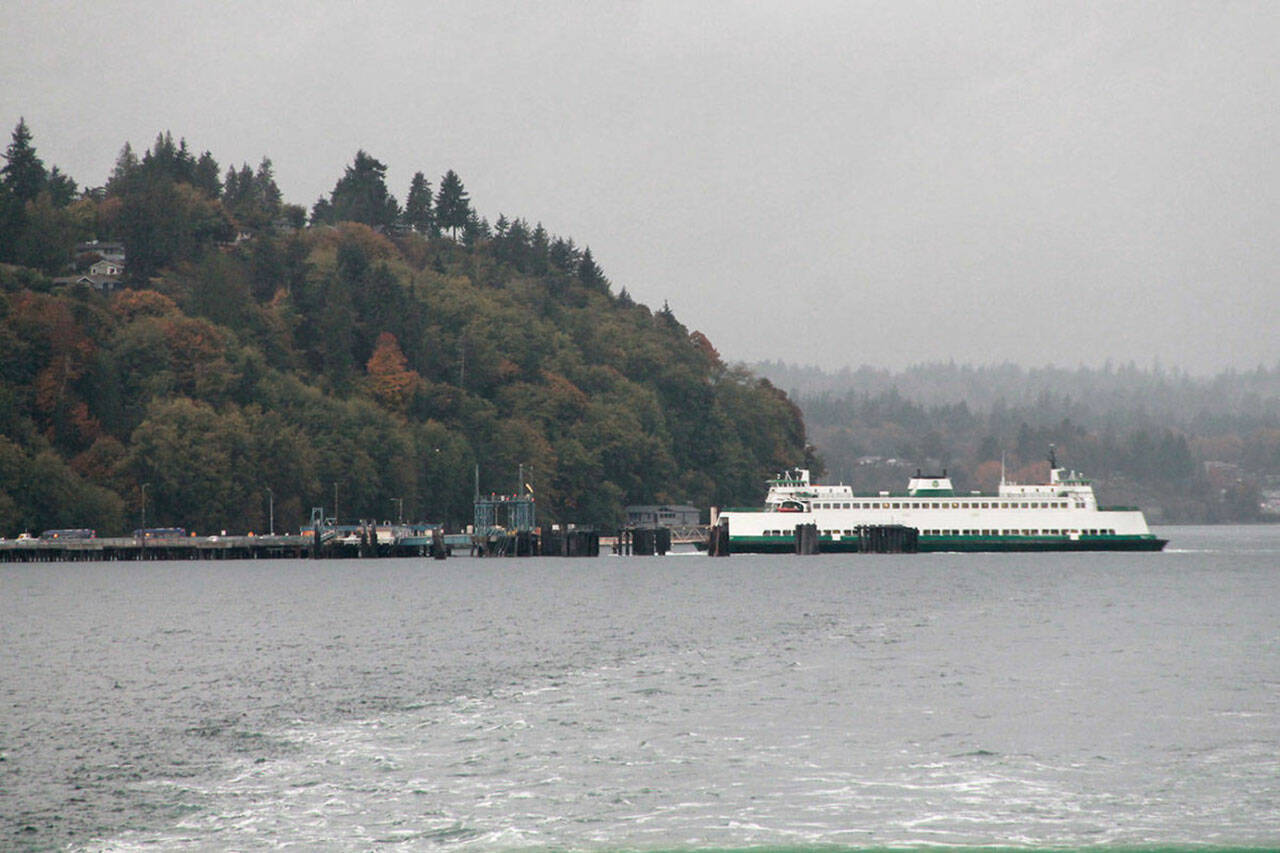At least one boat in the fleet of ferries that serves the Triangle route has tested positive for elevated levels of legionella in the water, according to Public Information Officer for Washington State Ferries (WSF), Ian Sterling.
The Beachcomber learned that the Triangle Route fleet was affected in an email exchange with Sterling on Thursday, who said he could not specify which boat had tested positive for legionella.
In the past week, several news outlets have covered the issue, including the Island Sounder, a Sound Publishing paper for Orcas and Lopez islanders, without specifying which routes were affected.
The problem first came to light in a WSF safety bulletin released on Oct. 28, when WSF crews were informed that WSF has begun testing for legionella as part of its water management program.
During that testing, elevated levels of legionella in potable water systems on “numerous vessels at WSF,” the bulletin said.
In Sterling’s email exchange with The Beachcomber, he said he would try to obtain more specific information about which vessels were affected, but did not believe he could do so quickly.
“At last check, six vessels throughout the system had elevated test levels,” he said. “We have treated a number of them already and intend to treat the entire fleet proactively.”
Sterling described the problem as pandemic-related.
“This is something we went looking for on all the vessels across the system since many parts of the water lines, such as in the galleys, which are not accessible to the public, have sat unused during the pandemic,” said Sterling. “We continue to treat and flush prior to bringing the systems back online.”
Sterling also told The Edmonds Beacon that there was no danger to crew members or the public from the bacteria, as the public did not have access to the areas where the bacteria was found.
Upon detecting high levels of the bacteria, WSF isolated and took the affected areas of the water systems out of operation, according to the safety bulletin.
According to the Centers for Disease Control and Prevention (CDC), legionella bacteria becomes hazardous when legionella grows and multiplies in a building water system, and becomes small enough to be inhaled as an aerosol or droplet.
People exposed to legionella can become sick with Legionnaires’ disease, which presents with symptoms similar to pneumonia, or Pontiac fever, which presents with fever and muscle aches.
Those most at risk are individuals 50 years of age or older, current or former smokers, those with lung conditions, or people who are immunocompromised.


